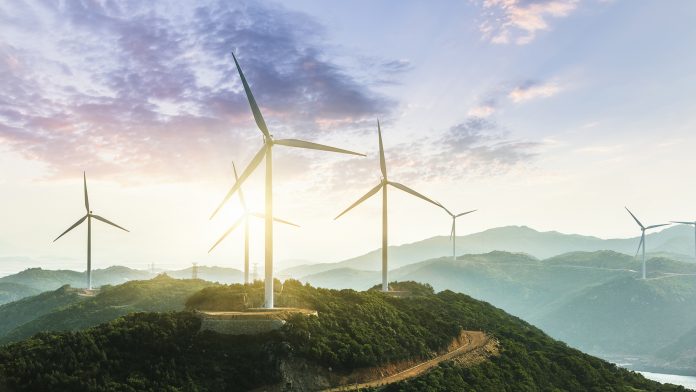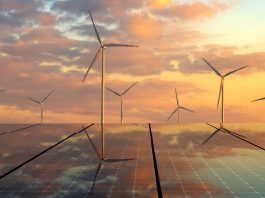Wolfram Sparber, the Vice President of The Association of European Renewable Energy Research Centers (EUREC), establishes the measures that Europe must take to optimise its renewables portfolio.
There has long been a need to better support innovative renewable energy technologies and thereby ensure long-term success in the energy system transformation. Rising temperatures, costs of living, and energy prices in the wake of Russia’s invasion of Ukraine have only made the green energy transition more imperative. A clear path forward is through renewable energy, evidenced by the EU’s REPowerEU plan to accelerate the scale-up of renewables to meet European energy goals. Innovation has been previously neglected by Member States – the European Commission criticised the National Energy and Climate Plans (NECPs) in January 2020 as failing “to pay sufficient attention to research and innovation needs.”
EUREC’s vision is for technological leadership in the renewable energy sector, facilitated by a thriving research and manufacturing industry. To drive the sector forward in the face of tight margins, perceived risk and pressure from global competitors requires financial and political assistance. Many renewable energy associations have joined EUREC in welcoming the European Parliament Committee on Industry, Research and Energy (ITRE)’s recent adoption of amendments to support the development of innovative technologies in the revised Renewable Energy Directive (RED III). We urgently need bold approaches to scale up next-generation renewable technologies and reap the benefits that can come from the installation and manufacture of renewable technologies.
ITRE’s amendments advanced the energy innovation agenda by:
• Setting an indicative target for innovative renewables of 5% in each Member State of all renewable energy capacity installed between the Directive’s approval and 2030;
• Establishing the need for a target for storage technologies and suggesting another for demand-side flexibility; and
• Using NECPs for Member States to set out the policies to deliver innovative renewables.
ITRE’s target requires support measures from Member States to reach innovative technology goals, including financing mechanisms, targeted tenders, capital grants, revenue support, R&D support and regulatory support. For instance, public guarantees from Member States could underwrite favourable financing offers to mitigate the perception of risk by financial institutions. Renewable energy technology is generally ‘high-CAPEX low-OPEX’, and certain technologies (i.e. solar thermal for industry) can be best supported by capital grants. Regulatory support through streamlined permitting processes and regulatory sandboxes can eliminate barriers to scale up innovative technologies.
What is ‘innovative’ today will not be in the future; this necessitates a reassessment process for technologies defined as ‘innovative’ with input from members of the renewable energy community. A three-year revision cycle strikes a balance between ensuring the list is up to date and the administrative burden of the consultation and revision. The preparation of updates could be made to fit the five-year NECP cycle or a new process under the Strategic Energy Technology (SET) Plan.
An important feature of ITRE’s amendment is that the indicative target of 5% must be reached by all countries. Any country, regardless of size, can find relevant innovative technologies or allow EU companies access to their available wind, solar, hydro, geothermal or bioenergy resources. The EU can be proactive to ensure that the path to reaching the target is smooth by giving Member States methods to identify innovative technologies (i.e. NECPs and SET Plan) and the tools to reach the target through funding programmes (i.e. Horizon Europe, Innovation Fund, Clean Energy Transition Partnership and Renewable Energy Financing Mechanism).
EUREC has long campaigned for RED III to include greater provisions for supporting innovative technologies. The new 5% target will translate into direct policy support across Member States for the manufacturing of high-performance technologies and help companies to develop and scale up innovative products, ensuring Europe remains at the forefront of renewable energy innovation.

Wolfram Sparber
Vice President
The Association of European Renewable Energy Research Centers (EUREC)
https://eurec.be
Head of Institute
Institute for Renewable Energy
Eurac Research
www.eurac.edu/en
Please note, this article will also appear in the eleventh edition of our quarterly publication.








